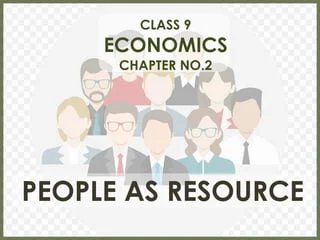Money and Banking - Class 12
Money and Banking is a chapter in Class 12 Economics that explores the functions of money, the Indian banking system, and the role of central banks in regulating the economy. It covers topics such as: Functions of Money: The various roles of money in an economy, including medium of exchange, store of value, and unit of account. Indian Banking System: The structure and functions of the Indian banking system, including commercial banks, central bank, and other financial institutions. Central Bank: The role of the Reserve Bank of India (RBI) as the central bank of India, including its monetary policy functions and regulation of the banking system. Credit Creation: The process through which commercial banks create credit and expand the money supply. Inflation and Deflation: The causes and consequences of inflation and deflation. This chapter aims to provide students with a comprehensive understanding of the monetary system and its impact on the economy. অর্থ ও ব্যাঙ্কিং হল দ্বাদশ শ্রেণির অর্থনীতির একটি অধ্যায় যা অর্থের কার্যকারিতা, ভারতীয় ব্যাঙ্কিং ব্যবস্থা এবং অর্থনীতি নিয়ন্ত্রণে কেন্দ্রীয় ব্যাঙ্কগুলির ভূমিকা অন্বেষণ করে। এতে অন্তর্ভুক্ত বিষয়গুলি যেমনঃ অর্থের কার্যাবলীঃ অর্থনীতিতে অর্থের বিভিন্ন ভূমিকা, যার মধ্যে রয়েছে বিনিময়ের মাধ্যম, মূল্যের সঞ্চয় এবং অ্যাকাউন্টের একক। ভারতীয় ব্যাঙ্কিং ব্যবস্থাঃ বাণিজ্যিক ব্যাঙ্ক, কেন্দ্রীয় ব্যাঙ্ক এবং অন্যান্য আর্থিক প্রতিষ্ঠান সহ ভারতীয় ব্যাঙ্কিং ব্যবস্থার কাঠামো এবং কার্যকারিতা। কেন্দ্রীয় ব্যাঙ্কঃ ভারতের কেন্দ্রীয় ব্যাঙ্ক হিসাবে ভারতীয় রিজার্ভ ব্যাঙ্কের (আরবিআই) ভূমিকা, এর আর্থিক নীতির কার্যকারিতা এবং ব্যাঙ্কিং ব্যবস্থার নিয়ন্ত্রণ সহ। ঋণ সৃষ্টিঃ যে প্রক্রিয়ার মাধ্যমে বাণিজ্যিক ব্যাঙ্কগুলি ঋণ তৈরি করে এবং অর্থ সরবরাহ প্রসারিত করে। মুদ্রাস্ফীতি ও অবক্ষয়ঃ মুদ্রাস্ফীতি ও অবক্ষয়ের কারণ ও পরিণতি। এই অধ্যায়ের লক্ষ্য হল শিক্ষার্থীদের আর্থিক ব্যবস্থা এবং অর্থনীতিতে এর প্রভাব সম্পর্কে ব্যাপক ধারণা প্রদান করা।
English
Last updated
Wed, 27-Nov-2024



















